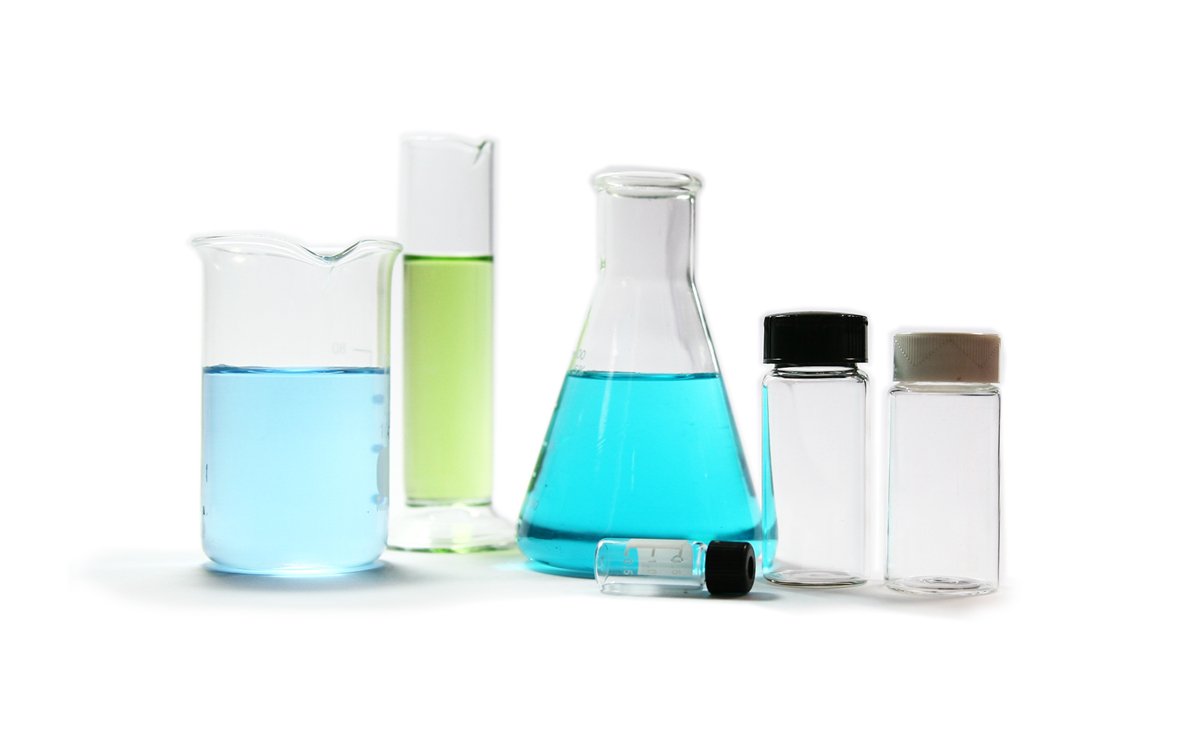February 15 2022 Article link here on Science Direct
Highlights
End-of-life polystyrene was pyrolyzed in CSTR under vacuum and atmospheric pressure.•
Vacuum reduced the yield of styrene oligomers compared to atmospheric pressure.•
Maximum styrene yield was 55.9 wt% at 550 °C and 0.02 bara operating conditions.•
Styrene dimers, trimers and tetramers were in detail quantified by GC × GC-FID/-MS.
Abstract
Chemical recycling of polystyrene (PS) via pyrolysis is of great industrial, and academic interest, with styrene being the primary product of interest. To identify the optimal process conditions, the pyrolysis of end-of-life PS was studied in a pilot-scale unit consisting of an extruder, and a continuous stirred tank reactor (CSTR). The PS was pyrolyzed with continuous feeding at a pressure range from 0.02 to 1.0 bara, and a temperature range from 450 to 600 °C, giving primarily styrene, other mono-aromatics, and oligomers. The comprehensive two-dimensional gas chromatography (GC × GC) coupled with flame ionization detector (FID), and time-of-flight mass spectrometer (ToF-MS) as well as GC with thermal conductivity detector (TCD) were used to characterize the liquid, and gaseous products exhaustively.
The styrene yield increased from 36 wt% at 1.0 bara, and 450 °C to 56 wt% at 0.02 bara, and 550 °C. Working under a vacuum enhanced the styrene recovery at all corresponding temperature levels. The yield of benzene, toluene, ethylbenzene, and xylene (BTEX) increased from 4 wt% at 450 °C, and 0.02 bara to 17 wt% at 450 °C, and 1.0 bara. The experimental results have been used in a mathematical model that can explain the combined effect of temperature, and pressure on the yield of the primary products. The present work illustrates the potential of a continuous pyrolysis process for end-of-life PS, and paves the way for this technology to be rapidly transferred from mere laboratory use to industrial processes in the circular (petro-) chemical industry.
